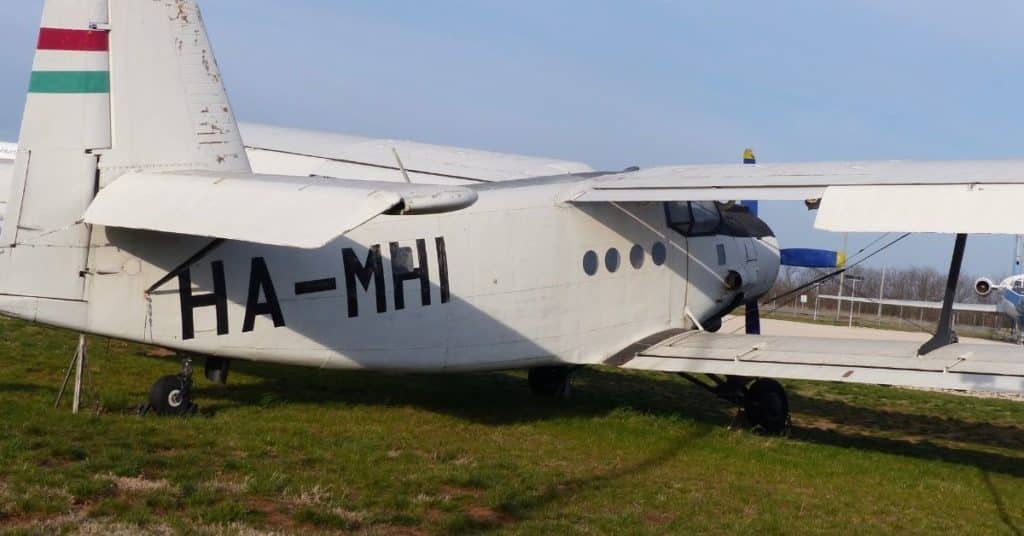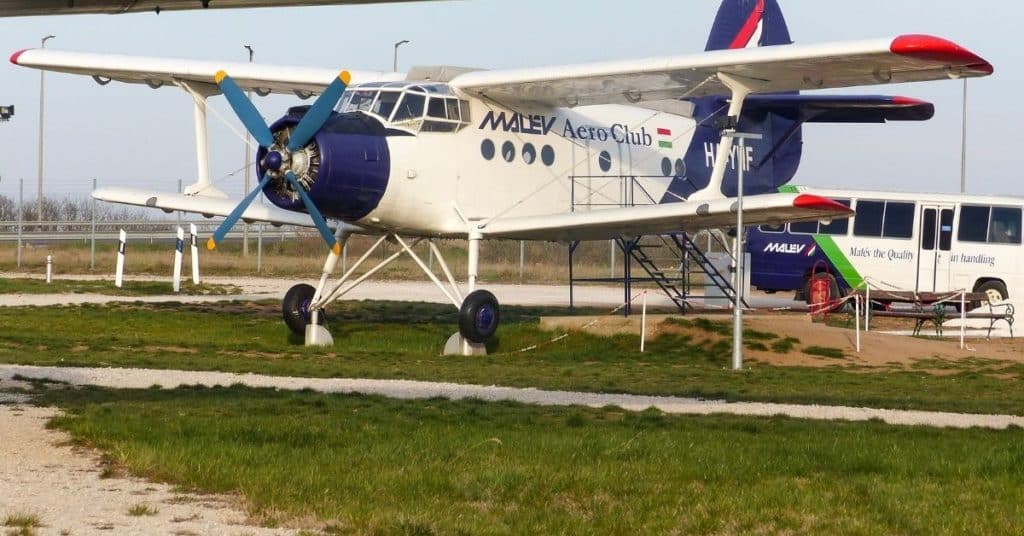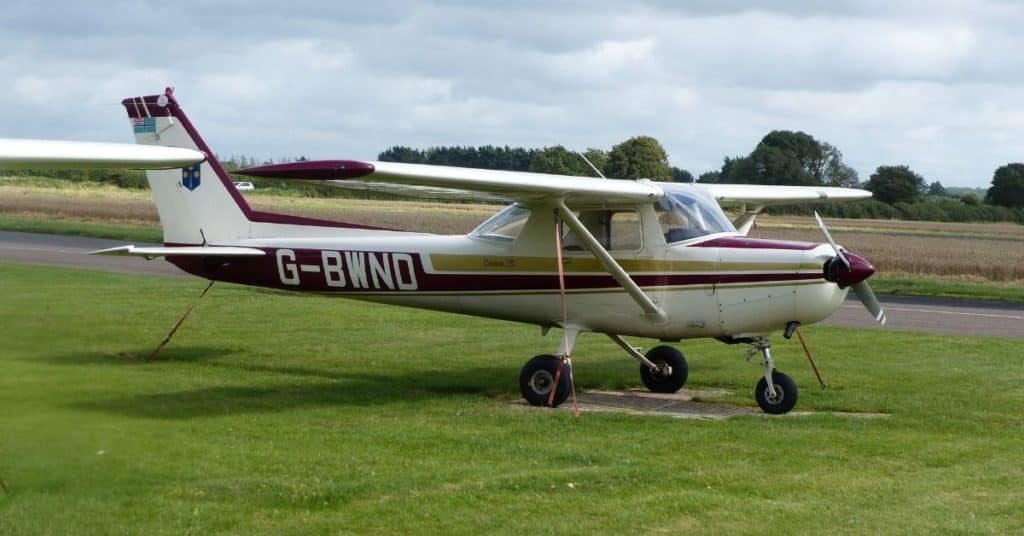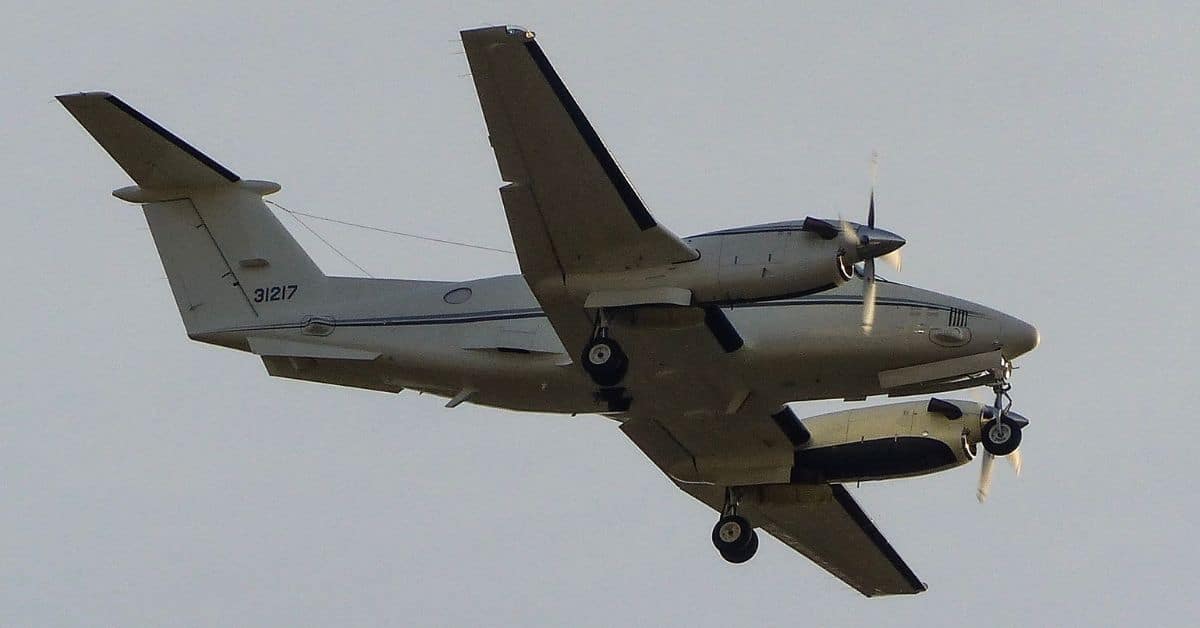Perhaps the most conventional wing design used on early aircraft, the straight or rectangular wing design has many advantages aerodynamically. However, these advantages are also dependant on the type of aircraft.
Being the airfoil of the aircraft, a rectangular wing design has many inherent characteristics which make it advantageous for specific forms of flight.
The essential characteristic of all wing designs is the ability to carry loads experienced during flight. With a semi-monocoque design, these loads are distributed across the wing in the form of spars and ribs which comprise the wing structure.
The structural integrity of the wing design is of fail-safe design, in which multiple structural entities prevent the catastrophic failure of the wing.
Straight Wing Advantages
Different wing designs typically fit specific profiles of aircraft. The straight or rectangular wing design is primarily found on small and slow light general aviation aircraft, in which high levels of stability are required at lower speeds. This makes these aircraft suitable as trainer aircraft.
The stability provided by the straight wing design is that aerodynamic stalls on this design originate at the wing root, which greatly improves control authority across the aileron and flap control surfaces located further out on the wing.
In the event of a stall, this wing root stall design gives pilots time to recover before the stall progresses to the control surfaces and wingtip.
These stall characteristics are ideal for less experienced pilots. As a result, stall recovery is more manageable and docile on a straight wing designed aircraft. It is therefore an essential characteristic for a trainer aircraft to possess.
Aside from being an ideal wing design for trainer aircraft, the straight-wing design allows for a large amount of fuel to be stored in the wings due to its shape and thickness.
The thickness and dimensions of this wing design is often congruent throughout the entire wing, making it easy to construct and assemble onto the aircraft.
This makes a rectangular/straight-wing design extremely cost-effective for aircraft manufacturers to produce and assemble.
Aside from trainer aircraft, straight wing design is commonly found on Short Take-off and Landing (STOL), parachuting, and agricultural aircraft.
This is due to the low airspeeds the design can sustain without entering an aerodynamic stall.
Disadvantages of Straight/Rectangular Wing Design
The aerodynamic efficiency of straight-wing designs at lower, subsonic airspeeds is not consistent in faster forms of flight (higher subsonic, supersonic, etc).
This is due to the inefficiencies experienced aerodynamically of the type at faster speeds. At higher speeds, the wings’ ability to counteract induced drag is minimal. As a result, there is a huge amount of drag created at higher speeds.
Aircraft with Straight Wing Design
As mentioned above, many aircraft have a straight wing design. Some examples include:
Perhaps the most conventional wing design used on early aircraft, the straight or rectangular wing design has many advantages aerodynamically. However, these advantages are also dependant on the type of aircraft.
Being the airfoil of the aircraft, a rectangular wing design has many inherent characteristics which make it advantageous for specific forms of flight.
The essential characteristic of all wing designs is the ability to carry loads experienced during flight.
With a semi-monocoque design, these loads are distributed across the wing in the form of spars and ribs which comprise the wing structure.
The structural integrity of the wing design is of fail-safe design, in which multiple structural entities prevent the catastrophic failure of the wing.
Straight Wing Advantages
Different wing designs typically fit specific profiles of aircraft. The straight or rectangular wing design is primarily found on small and slow light general aviation aircraft, in which high levels of stability are required at lower speeds. This makes these aircraft suitable as trainer aircraft.
The stability provided by the straight wing design is that aerodynamic stalls on this design originate at the wing root, which greatly improves control authority across the aileron and flap control surfaces located further out on the wing.
In the event of a stall, this wing root stall design gives pilots time to recover before the stall progresses to the control surfaces and wingtip. These stall characteristics are ideal for less experienced pilots.
As a result, stall recovery is more manageable and docile on a straight wing designed aircraft. It is therefore an essential characteristic for a trainer aircraft to possess.
Aside from being an ideal wing design for trainer aircraft, the straight-wing design allows for a large amount of fuel to be stored in the wings due to its shape and thickness.
The thickness and dimensions of this wing design are often congruent throughout the entire wing, making it easy to construct and assemble onto the aircraft.
This makes a rectangular/straight-wing design extremely cost-effective for aircraft manufacturers to produce and assemble.
Aside from trainer aircraft, straight wing design is commonly found on Short Take-off and Landing (STOL), parachuting, and agricultural aircraft.
This is due to the low airspeeds the design can sustain without entering an aerodynamic stall.
Disadvantages of Straight/Rectangular Wing Design
The aerodynamic efficiency of straight-wing designs at lower, subsonic airspeeds is not consistent in faster forms of flight (higher subsonic, supersonic, etc).
This is due to the inefficiencies experienced aerodynamically of the type at faster speeds. At higher speeds, the wings’ ability to counteract induced drag is minimal. As a result, there is a huge amount of drag created at higher speeds.
Aircraft with Straight Wing Design
As mentioned above, many aircraft have a straight wing design. Some examples include:



Read More:
Can A Plane Fly Without Wings?

After visiting more than 60 countries, I have probably been on every type of plane there is and visited countless airports. I did my very first international solo trip to South Africa at the age of only 16 and haven’t really stopped traveling since.
Despite the adventurous travel itch, I do have a nerdy side as well – which is satisfied by writing about all things aviation “too boring” for my regular travel blog.

